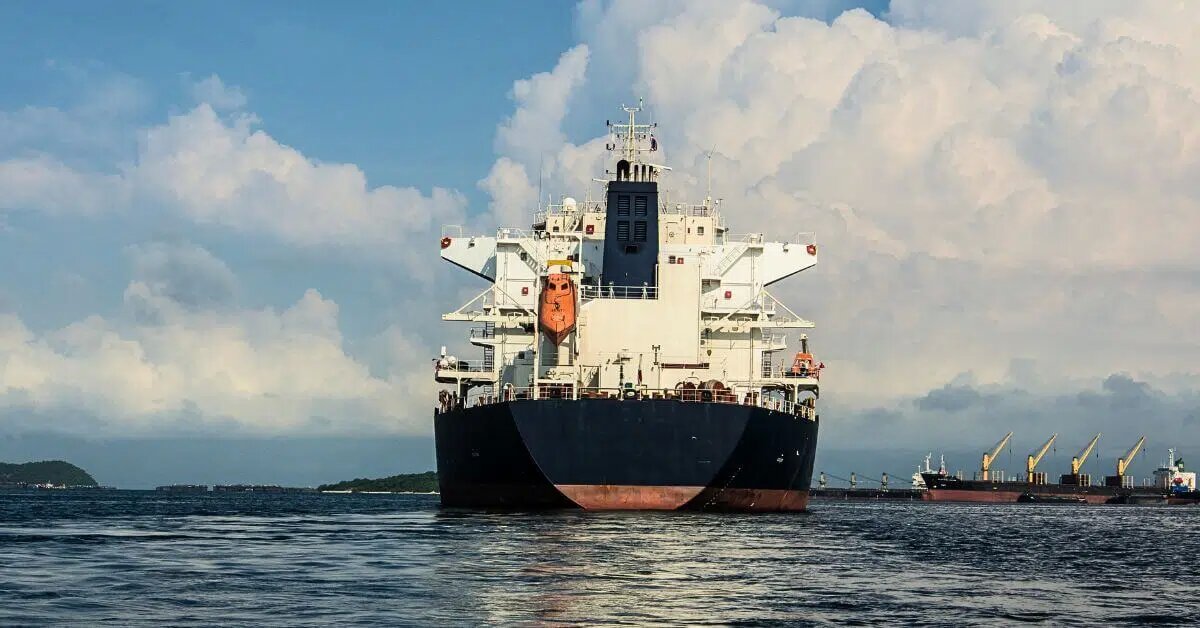In the evolving landscape of maritime operations, three pressures converge: increasing crew cost and regulation, rising safety and environmental demands, and the emergence of artificial intelligence and automation. Together, they point to a transformative idea: the role of the shipboard crew is no longer fixed — instead it is becoming augmented, leaner, and far more focused on decision-making than routine tasks.
Economic imperatives
Crew salaries, travel, rest periods and fatigue-management still account for a major portion of vessel operating cost. At the same time, vessel utilisation, asset output and downtime remain critical to modern shipping economics. Here lies an opportunity: by deploying sensor networks, AI-driven monitoring, automation of routine checks and predictive maintenance, owners can reduce the hours human crew spend on low-value tasks, enabling smaller teams dedicated to oversight and performance. Industry modelling shows that AI-based route and engine-system optimisation alone can generate double-digit fuel and maintenance savings.
Safety and risk prevention
Shipping is inherently about risk: fire, cargo damage, machinery failure, human error, regulatory violation. Traditional mitigation relies on the human crew’s vigilance. Now, emerging systems combine advanced sensors, machine-vision and analytics to monitor hull integrity, cargo condition, engine performance, weather and traffic in real-time. These systems don’t replace judgment; they elevate it. The outcome: fewer incidents, faster interventions and more consistent data for insurers and owners alike.
For underwriters this shift is meaningful: fewer human-error events, robust digital trails, and stronger predictive monitoring reduce the risk profile—and that can translate into lower premiums and extended hull & machinery coverage.
Leaner crews, smarter vessels
Picture a vessel where the night-watch is supported by an AI-driven sensor suite, where engine-room rounds are supervised remotely, and where cargo-hold inspections are performed by mobile robotics or drones. The human crew onboard then becomes smaller, focusing on strategic decisions, compliance, and exception-handling. The result: higher vessel utilisation, fewer idle hours, lower OPEX, and improved ROI. For shipowners, that is the new competitive edge.
Five practical “smart-ship” innovations
- Sensor fusion + predictive analytics: By combining engine, hull, cargo and environmental data, anomalies surface before breakdowns.
- Dynamic task allocation: AI reassigns watch-keepers and maintenance crew in real-time based on condition and risk indicators.
- Autonomous monitoring loops: Drones or mobile systems inspect engine rooms, cargo bays and open decks, reducing manual rounds.
- AI-assisted watch-keeping: Advanced visuals and prediction support officers in navigation, collision avoidance and traffic-management.
- Digital twin & remote diagnostics: A “digital twin” of the ship allows shore-based diagnostics, remote specialists and streamlined crew profiles.
The strategic advantage
Early adopters gain more than cost savings: they improve asset utilisation, strengthen safety and reduce insurance exposure. With fewer dedicated personnel onboard, manning becomes a leaner cost centre. With improved monitoring and fewer incidents, valuations and underwriting terms improve.
With smarter scheduling and remote support, downtime drops.
In a world of tighter margins, regulatory pressure and sustainability demands, these advantages matter.
Looking ahead
We are not merely talking about technology for its own sake—but a fundamental shift in how shipping runs. Ships will increasingly be smart, autonomous-enabled, and crew-lean. And while human oversight remains essential, the nature of the human role changes—from performing repetitive tasks to steering systems, overseeing exceptions and maintaining strategic control.
In this context, companies such as Aura Robotics Ltd – Marasco Marine’s innovative partner – stand ready to support this transition, creating platforms that merge AI, robotics and maritime operations in new ways.
Final thought
The ship of the future will not only carry cargo — it will carry intelligence. Shipowners who act now will not only remain safe and compliant—they will operate smarter, leaner, and with stronger results. It is time to rethink the crew. The vessel that succeeds tomorrow is one that asks fewer people to do more, risks less, and uses technology to drive superior performance.





